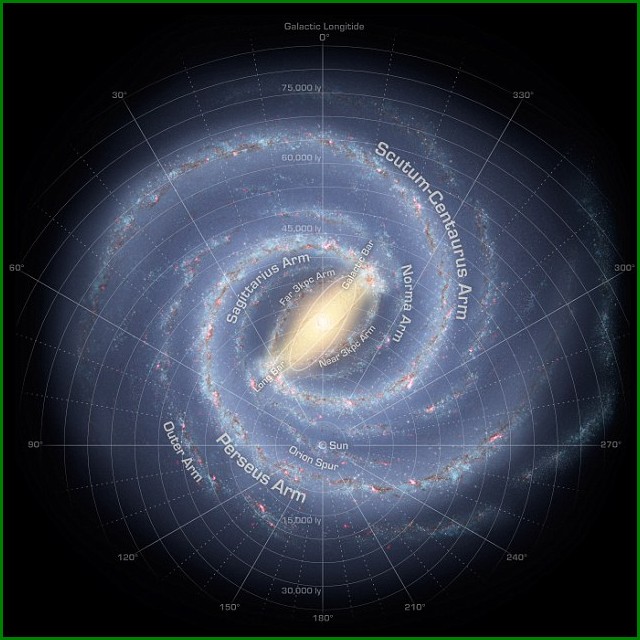At 8.8 billion of the planets of the universe possible biological life At 8.8 billion of the planets of the universe possible biological life, as these planets are similar to Earth in size, mass, and temperature on the surface.
At 8.8 billion of the planets of the universe possible biological life, as these planets are similar to Earth in size, mass, and temperature on the surface.
According to experts, these planets are satellites of Sun-like stars.
Based on the findings from the telescope Kepler data, they concluded that about one in five similar star (22% of the total) has a satellite similar to Earth.
According to the study, the closest to the Earth potentially populated facility is located about 15 light-years from the solar system.
Scientists claim that this discovery suggests exactly the technologies and capabilities fixing potential for life on other planets.
Named in honor of the astronomer Johannes Kepler space telescope has found more than three thousand extrasolar planets, and also confirmed the existence of more than 866 planets around other stars.
In August, NASA experts stopped trying to restore fully the work of the Space Telescope, a serious problem in the mechanism of which have been recorded as far back as 2012.
Now engineers are developing needed to continue the mission of the telescope modifications.
in the wake of Comments.UA
8.8 BILLION Earth Size Planets In Habitable Zones Of Milky Way Galaxy Found Using NASA Data
11/04/13 Astronomers using NASA data have calculated for the first time that in our galaxy alone, there are at least 8.8 billion stars with Earth-size planets in the habitable temperature zone.
Space is vast, but it may not be so lonely after all: A study finds the Milky Way is teeming with billions of planets that are about the size of Earth, orbit stars just like our sun, and exist in the Goldilocks zone -- not too hot and not too cold for life.
The study was published Monday in the journal Proceedings of the National Academy of Science.
For perspective, that's more Earth-like planets than there are people on Earth.
As for what it says about the odds that there is life somewhere out there, it means "just in our Milky Way galaxy alone, that's 8.8 billion throws of the biological dice," said study co-author Geoff Marcy, a longtime planet hunter from the University of California at Berkeley.